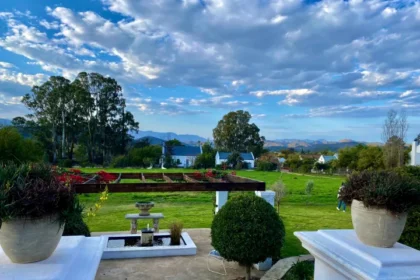At a Glance
- Discover the best Kilimanjaro routes offering unique landscapes and climbing experiences.
- Choose expert-guided tours ensuring safety, acclimatization, and ethical mountain practices.
- Relax in luxury lodges near Moshi and Arusha after your Kilimanjaro adventure.
Mount Kilimanjaro, Africa’s highest mountain, is more than a large dormant volcano in Tanzania. Rising 5,895 meters above sea level and 4,900 m above its plateau base in northern Tanzania. It’s a mountain that draws thousands each year, not only for the challenge but for the quiet sense of discovery it offers. It’s where endurance meets reflection, and where the roof of Africa meets the edge of the sky.
Every season, trekkers from around the world come to test themselves on its slopes. They pass through five distinct ecosystems, from humid rainforest to alpine desert and a glacier-topped summit.
Yet reaching the top is only part of the story. The climb is about rhythm and patience, about shared laughter with fellow trekkers, and those still, golden mornings when Uhuru Peak glows in the sunrise.
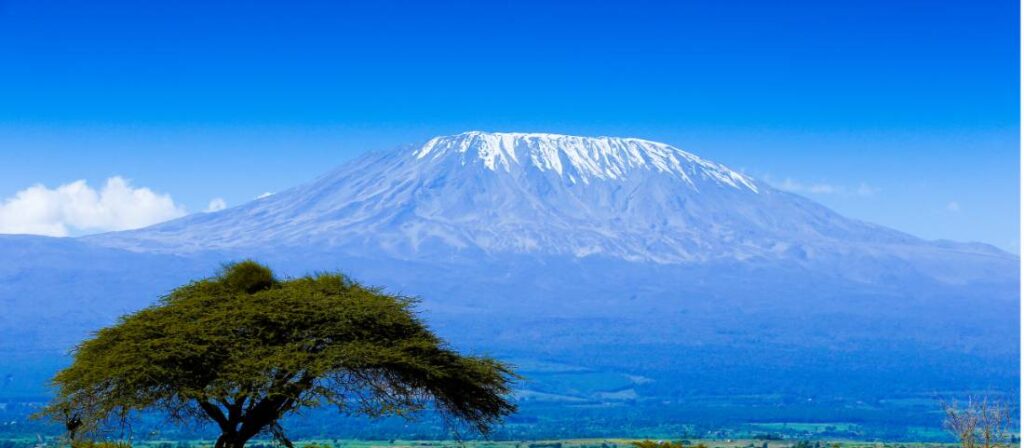
A mountain with many paths
Kilimanjaro offers several well-established routes, each shaped by its own pace and character. The Lemosho Route is known for its sweeping views and gradual ascent, beginning on the western side through forest and open moorland before joining the Machame trail. Its slower climb gives trekkers more time to adjust to the altitude, and a better chance of standing at the summit.
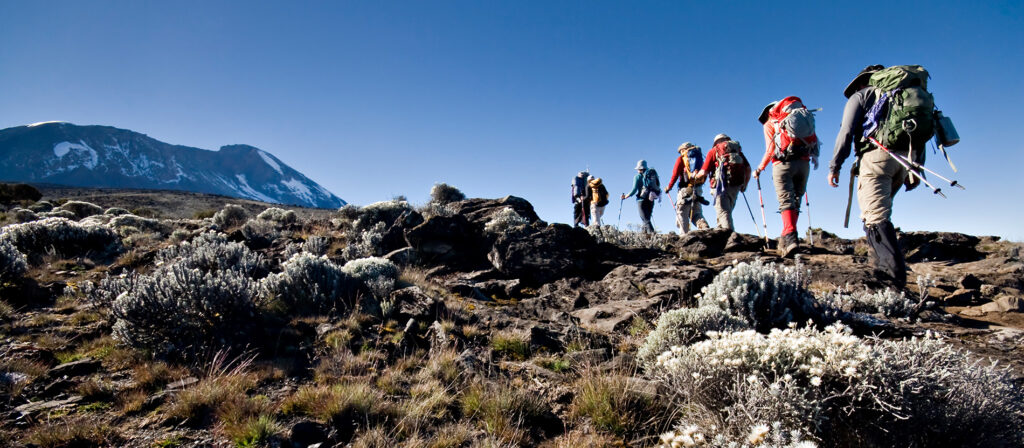
For those seeking solitude, the Northern Circuit is the newest and longest path, circling the remote northern slopes in nine or ten days of quiet beauty. The Machame Route, often called the “Whiskey Route,” balances accessibility and adventure, winding through steep ridges and diverse terrain.
The Rongai Route approaches from the drier Kenyan side, offering a calmer experience, while the Marangu Route, the only one with hut accommodations, remains a classic choice for climbers who prefer comfort and structure.
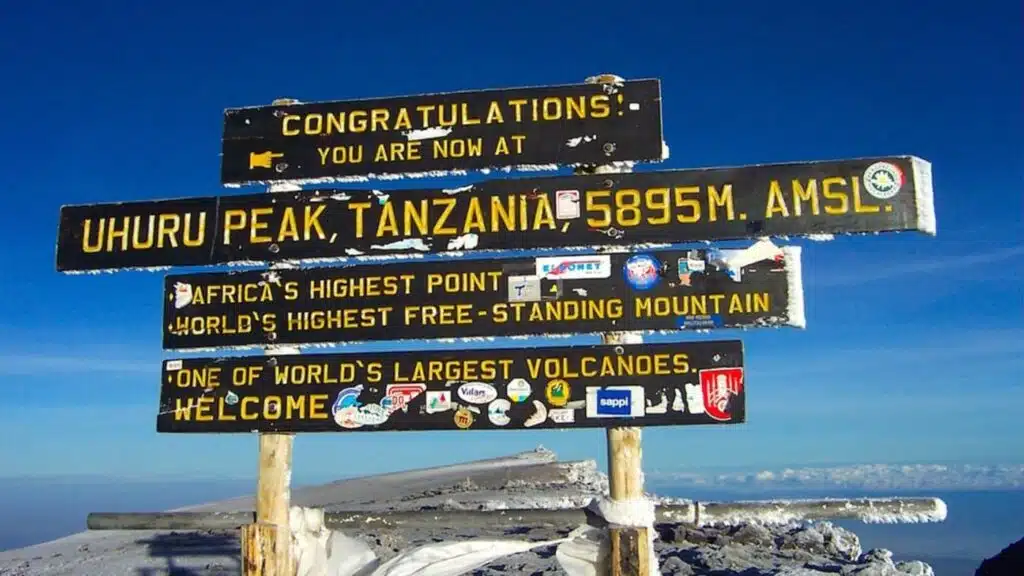
Regardless of the trail, the experience depends on the people who guide it. Licensed mountain guides and porters form the backbone of every expedition.
Many belong to the Kilimanjaro Porters Assistance Project (KPAP), which promotes fair wages and safe working conditions.
Reputable companies such as Zara Tanzania Adventures, Kandoo Adventures, and Intrepid Travel are widely recognized for their safety standards and ethical practices.
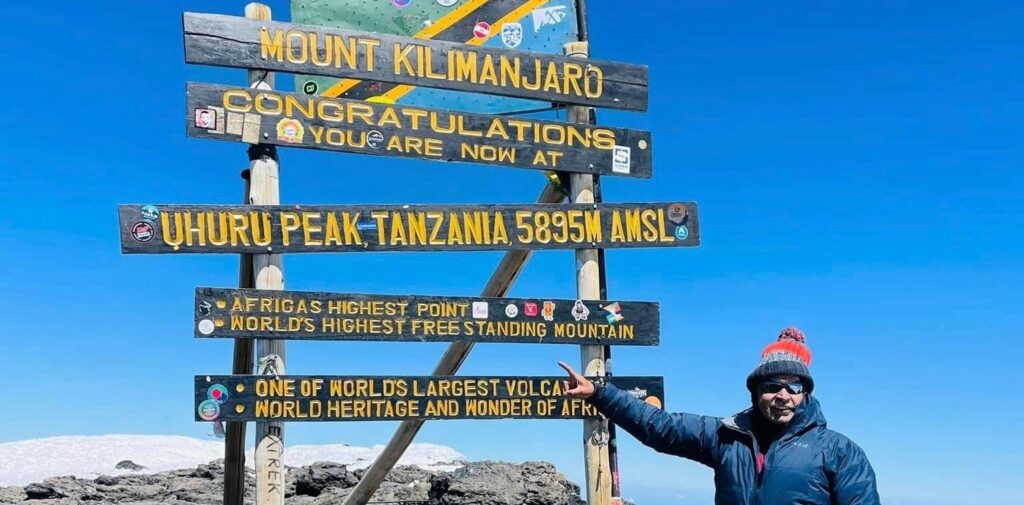
Life on the climb
Each day on Kilimanjaro feels like stepping into a new world. The trail begins in dense rainforest alive with colobus monkeys and ends in a stark alpine desert where the air thins and glaciers gleam under a cold blue sky.
Nights are spent in tents or huts, with warm meals prepared by mountain chefs who somehow make comfort food at nearly 5,000 meters.
Altitude, more than distance, is the real challenge. The Swahili phrase pole pole, “slowly, slowly”, becomes the mantra of the climb.
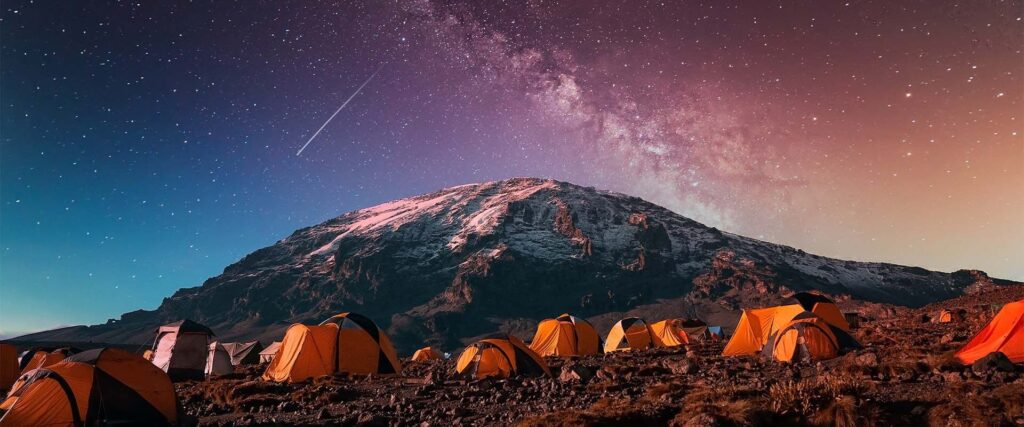
Moving too fast invites altitude sickness; patience is the key to success. Routes that stretch over seven or more days offer the best balance of comfort and acclimatization, allowing the body to adjust and the mind to absorb the moment.
Most journeys begin in Moshi or Arusha, where climbers gather for gear checks and safety briefings. These towns serve as gateways to the mountain, places to rest, meet fellow adventurers, and mentally prepare for the days ahead.
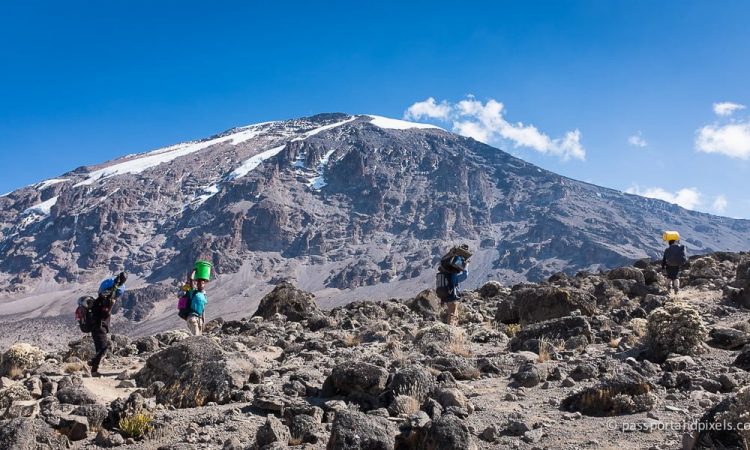
Where adventure meets comfort
After days on the mountain, few things feel as good as a soft bed and a hot shower. Around Arusha and Moshi, a number of boutique lodges and retreats combine luxury with local warmth.
The Elewana Arusha Coffee Lodge, set within a working coffee estate, greets guests with the aroma of freshly roasted beans and views of Mount Meru.
The Gran Meliá Arusha blends modern design with sweeping mountain views, offering a spa, infinity pool, and easy access to nearby parks. Closer to Kilimanjaro’s base, Lake Duluti Lodge features eco-luxury cottages beside a tranquil crater lake, an ideal place to unwind after a climb.
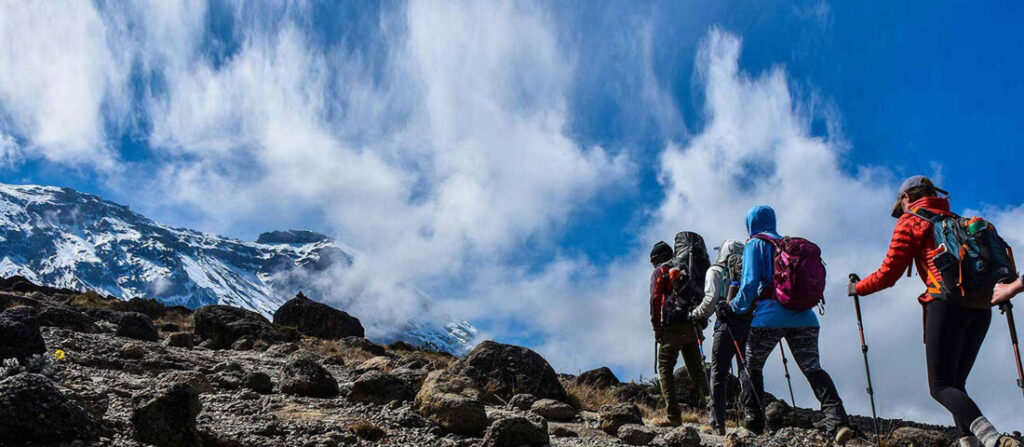
These lodges serve as peaceful bookends to the Kilimanjaro experience, a place to gather thoughts before the journey or rest after it, when fatigue gives way to fulfillment.
Guided by experience
Safety remains central to every ascent. Licensed guides, trained in mountain medicine, carry oxygen and monitor climbers for signs of altitude sickness.
Top operators handle park permits, logistics, and emergency coordination, allowing trekkers to focus fully on the climb.
Ethical practices are now a cornerstone of Kilimanjaro tourism. KPAP-accredited companies enforce fair porter loads, provide proper gear, and distribute tips transparently. Choosing them supports local livelihoods and ensures that each climb benefits the community that sustains the mountain.
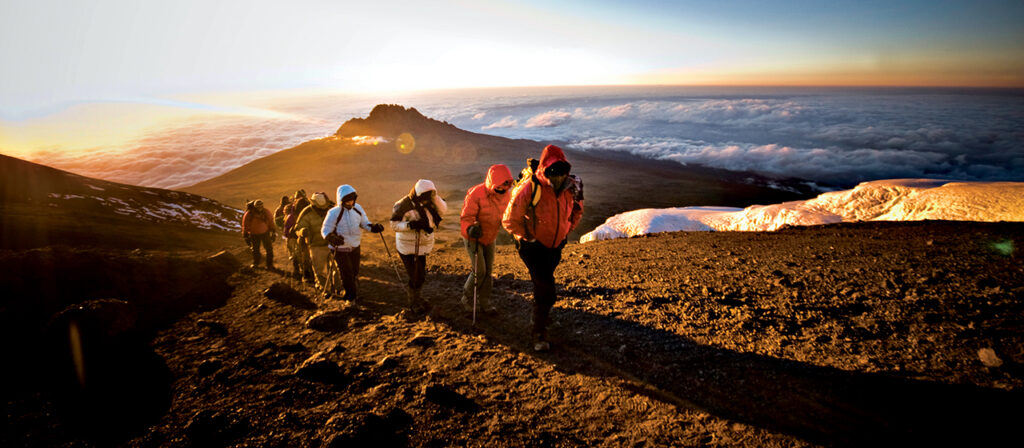
A summit worth every step
Standing at Uhuru Peak, the highest point in Africa, is a moment that stays with you. The air is thin, the light sharp, and below lies a vast blanket of clouds stretching to the horizon. For many, it’s more than a personal goal, it’s a moment of gratitude and connection.
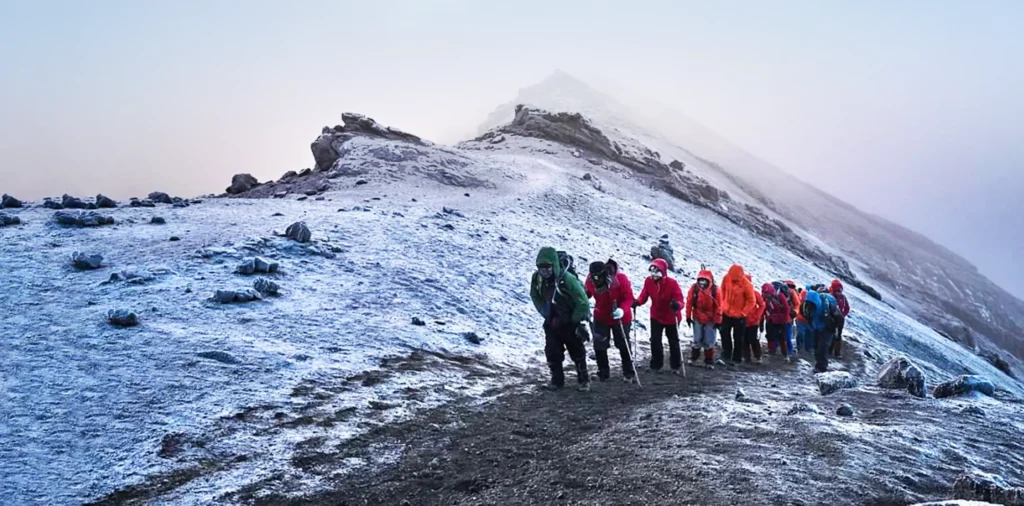
Kilimanjaro welcomes both seasoned trekkers and first-timers. With the right preparation and guidance, it’s within reach for anyone with determination and respect for the mountain. From rainforest trails to icy ridges, Kilimanjaro reminds every climber why adventure still matters — not for conquest, but for connection: to nature, to others, and to one’s own quiet strength.

